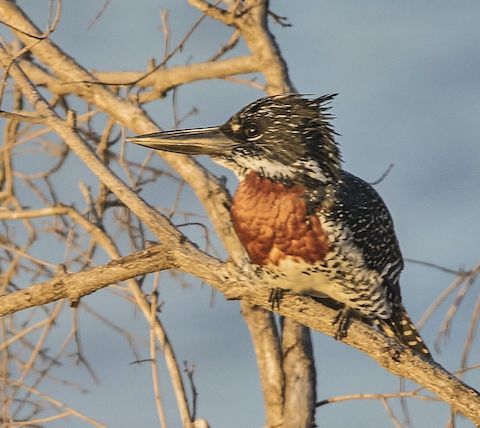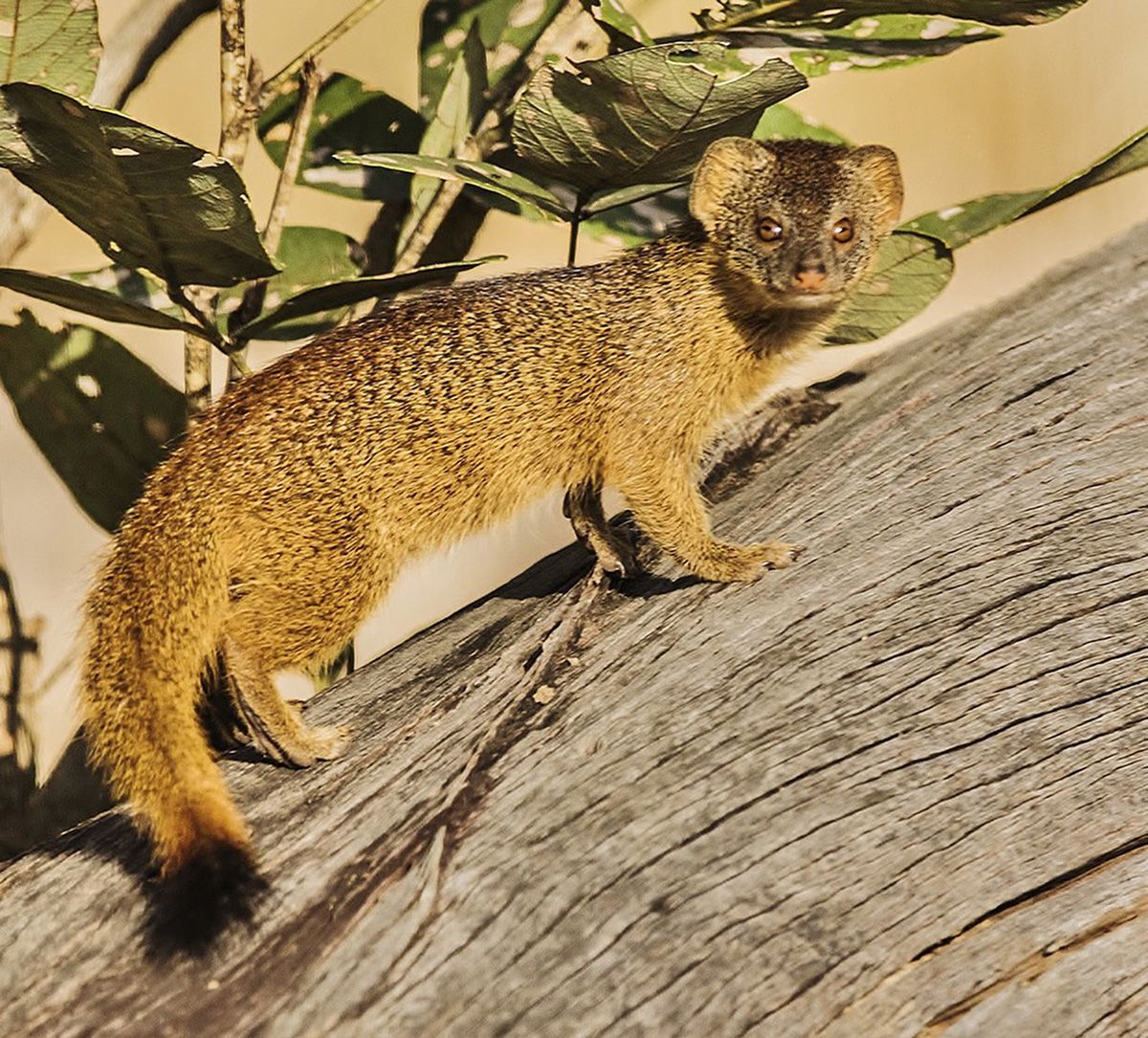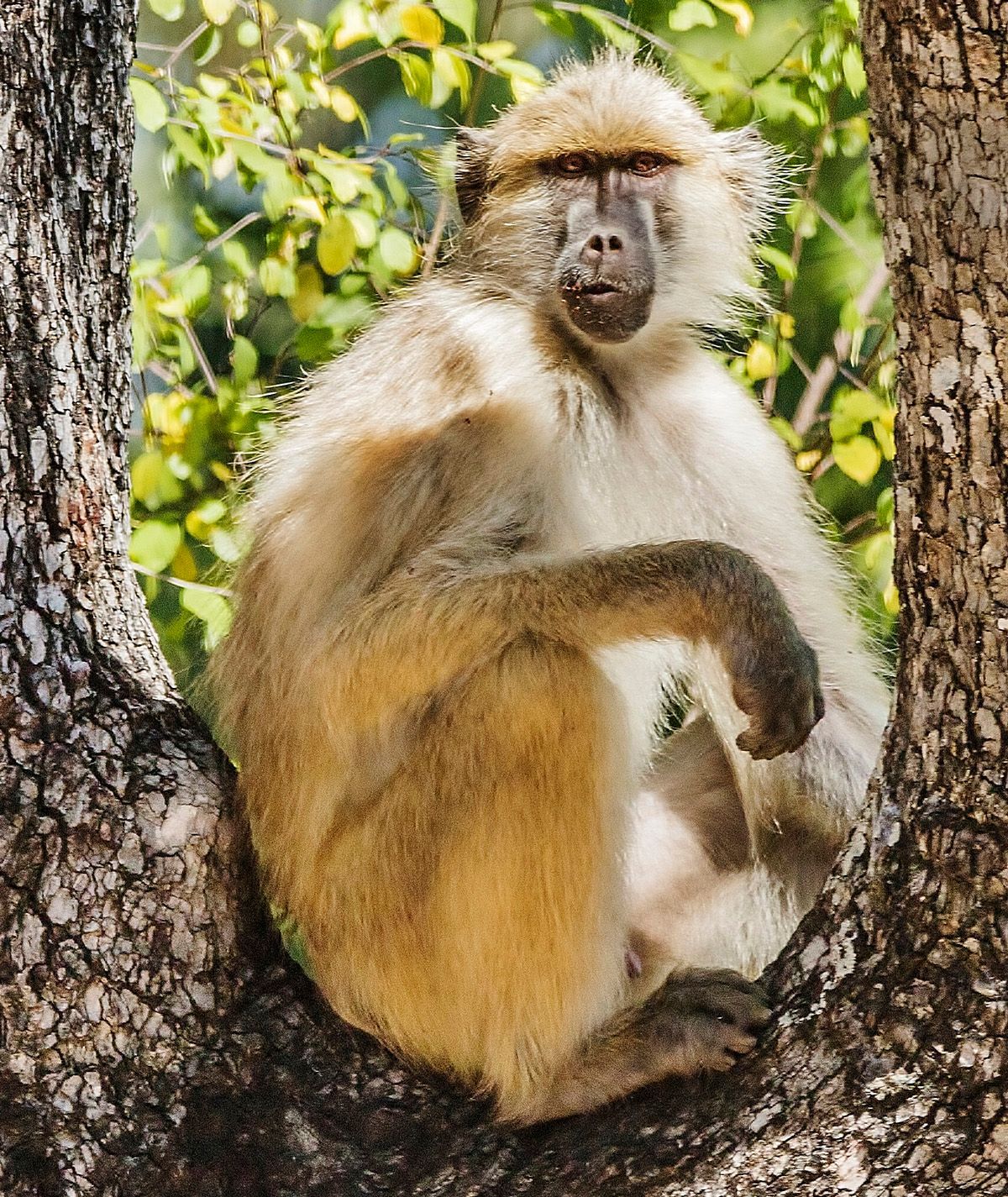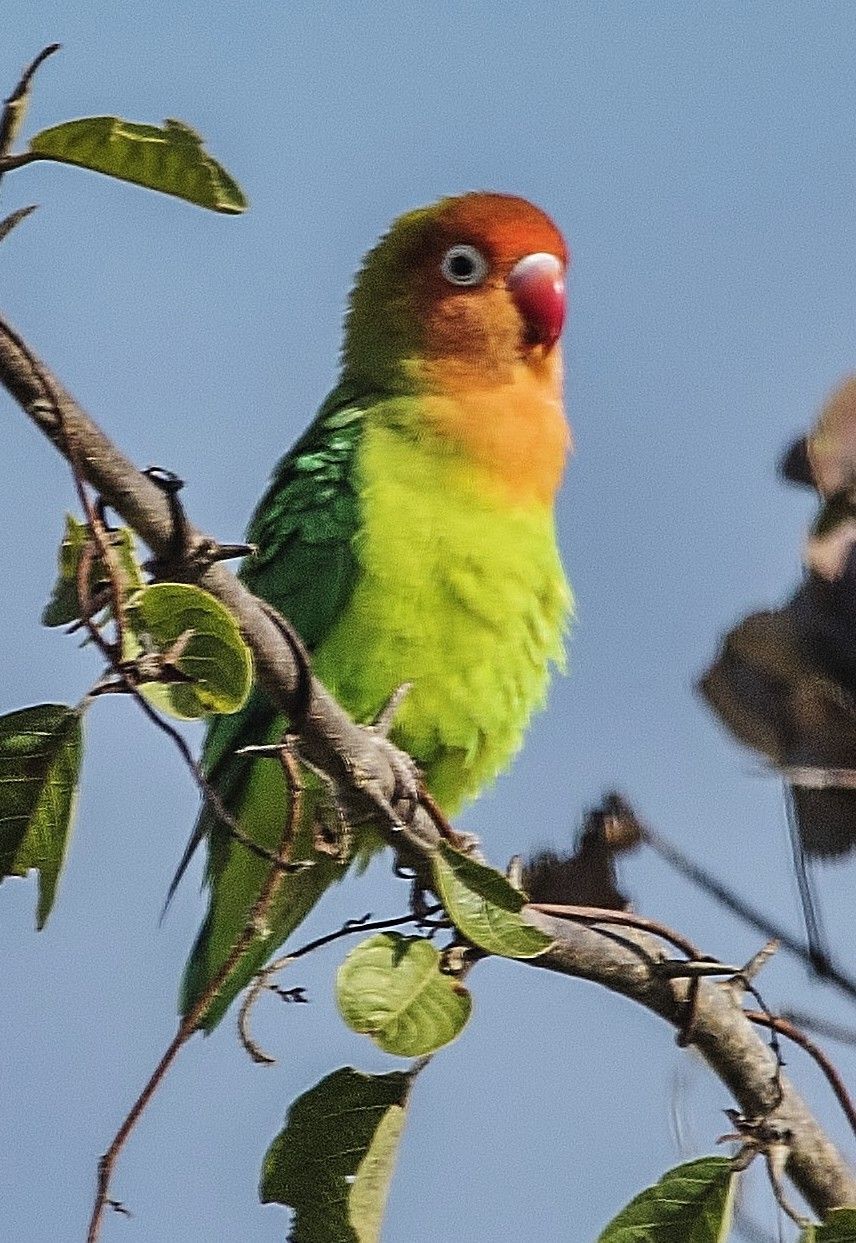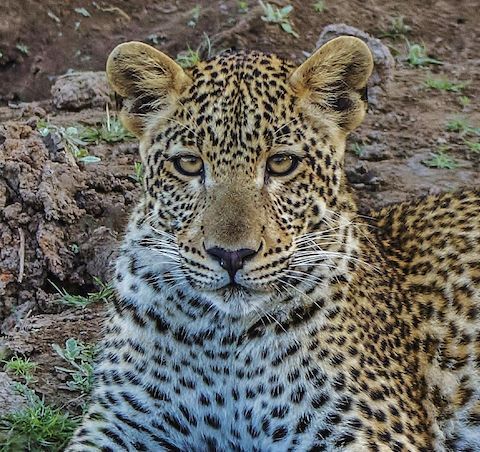
ZAMBIA REVISITED
by Graham Brace
The first thing to remember when you revisit any wildlife place for the second time, is do not expect to get better sightings or photographic opportunities necessarily. Our old adage…’it’s not a zoo’ always reminds us that truly wild animals do not turn up for your pleasure or pose for you……. Well sometimes it seems that they do, and certainly being in the right place, at the right time with the best naturalist guide is the recipe for success.
However, on our return to this wonderful country we were not disappointed. Zambia lies bottom right on the big map of Africa, Northern Rhodesia that was, and abuts other wildlife paradises such as Tanzania, Namibia & Botswana, with Zimbabwe, formerly Southern Rhodesia, to the South. The DRC to the North is, sadly, not to be visited currently.
Those first three are indeed on most peoples’ bucket list for that once in a lifetime safari, but they are expensive unless you book directly with a local agent or with the actual camp or lodge in the area itself. For us experienced wildlife travellers we always book here with the Flatdogs Camp, near Mfuwe, which is approx. a one-hour flight from the capital Lusaka. By the way, a Flatdog is the local name for a Crocodile.
The Camp itself lies close to the banks of the South Luangwa River and its eponymously named national park of some 3500 sq. miles. Apart from the general comfort, and the near al la carte 4* cuisine, they do have some of the best wildlife naturalist guides. These highly trained local people, who incidentally speak impeccable English, have textbook knowledge of the park and where animals are likely to be at what time. Our other favourite guide, Jonathan, has an uncanny sense of their behavioural patterns and we are convinced he can communicate with most of the favourites.
Whilst we, like many serious naturalist photographers have a love for all wildlife, we are not alone in favouring the big cats. Lions abound here, but what about Leopards ?... As said before, leopards are by far the most widespread of the big cats, covering much of Africa and Asia. They are somewhat of an enigma however, as sightings can be rare. Here in South Luangwa, we found the wild dogs again. Although not in many parts of Africa, they are one of the best pack hunters on earth. Spotted Hyenas, skilled killers themselves but lazy, hang around and wait for the dogs to do their job. Then they move in to finish off the remains. This is all good news for the leopards who are normally hidden, protecting their own kill, high in a tree out of sight. We had witnessed this scenario before and it underlined the relative uniqueness you find here, where leopards are seemingly left well alone. Elsewhere, the best you will see is a leg or a tail dangling. So, us photographers and tourists alike get some fabulous sightings as we did on our return this year.
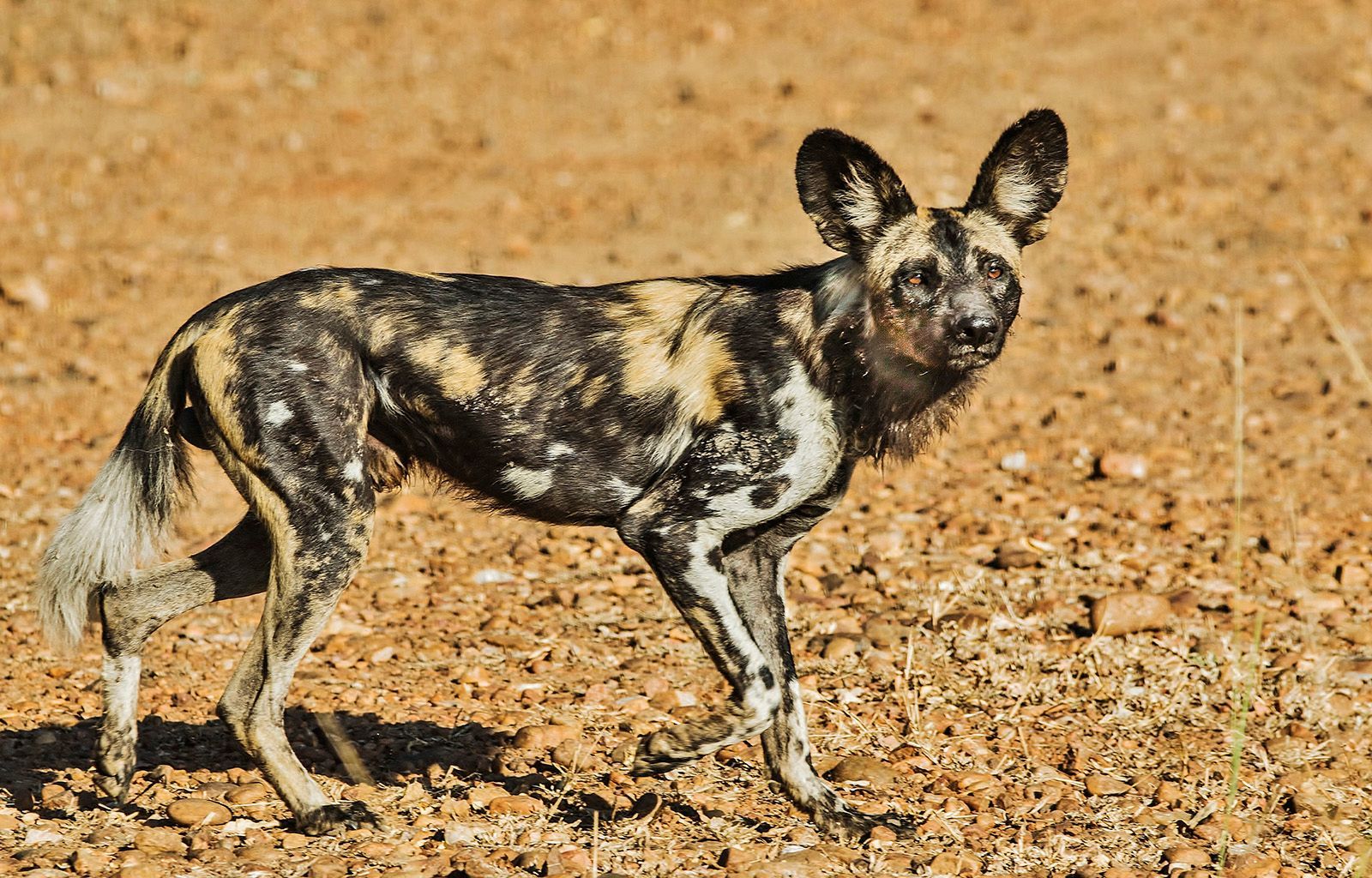
Wild Dog
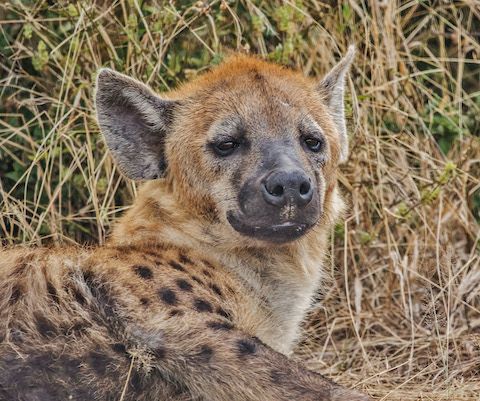
Spotted Hyena
Of course, it’s not all about cats. Around the camp itself, 1.5-ton Hippos are often seen after dark, and 5/6-ton African Elephants occasionally pass through; an amazing sight when having open air lunch or dinner. To wake up at first light and hear a Hippo grunting not far away or the Yellow Baboons squealing their dissent, is just a delight. You are in the wild, but safe. The Camp is a stone’s throw from the main check in for the park and you will see the variety of beautiful antelopes, Puku, Impala, Bushbucks and beautiful Waterbucks enroute.
Staying at such a place, which really is in the middle of nowhere is a thrill in itself, and taking all the aforementioned amenities into account, along with the perfectly maintained swimming pool and lounge area, reading room and all-day bar, coupled with this very local wildlife, you could be forgiven for thinking that the actual safaris, or game drives as we call them, could be dispensed with. I jest of course. Once inside the park, the myriad of furry and feathered friends unfolds, along with Monitor Lizards and other scaly creatures. The little ones are not to be missed either; the Slender Mongoose and the equally endearing Tree Squirrels are common.
The Vervet Monkeys are always around and you can spend quite some time watching their almost human traits; mothers protecting their young, and youngsters just playing around, having fun and behaving naturally. It can be quite civilised having morning coffee and lunchtime breaks and even a sundowner. Normally these are taken at key places along the river bank, where you may see some of the largest birds of their kind; e.g., the Saddle Billed Stork who stands nearly 5’0” tall, and the Giant Kingfisher who is 14” long. Nesting in the bank are the beautiful White Fronted and the Southern Carmine Bee Eaters who are fascinating to watch taking their tiny prey in mid-air. Lillian’s Lovebirds are like large budgerigars or small parrots.
One of the most intriguing sights in this part of the world is not animal, but a tree. Actually, it is biologically a succulent that the elephants use to extract moisture in the dry season. The Baobab trees are massive; not height wise, only 60 -80 feet tall, but their trunks can be up to 20 feet in diameter. Their claim to fame is their longevity, making our own aged oaks seem like youngsters. The oldest ones we saw in Zambia were many hundreds of years old, but there is one at least, in Tanzania, that is as old as one of the most famous and beloved persons who have ever lived…. over 2000 years old.
So, when you are considering your one and only safari, do give Zambia and particularly Flatdogs Camp some thought. You will not be disappointed. Our close friends, who have been habitual cruisers for many years, have just returned and they were spellbound. A huge relief for us who goaded them into it. Cruising is in their blood, but they are even talking of a return visit……are they as crazy as us, you ask?
If you do require any further information, please contact us and look at their website on Trip Advisor or Google…..
grahambrace1946@gmail.com and info@flatdogscamp.com
If you enjoyed this article from Graham you can read his previous one "On Safari" here

